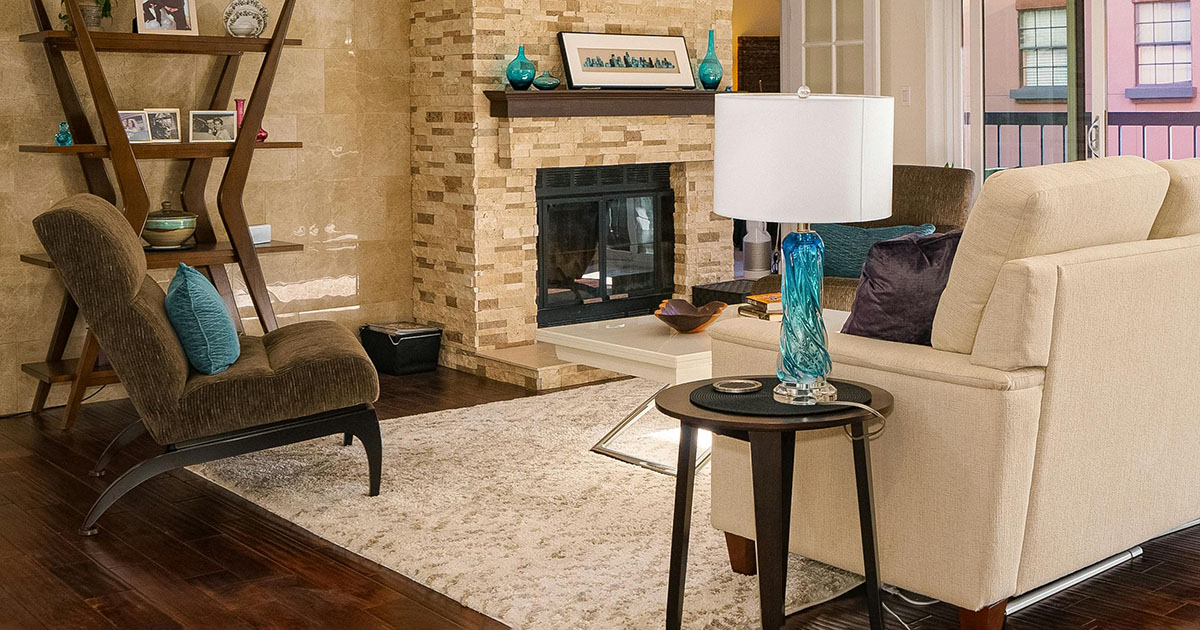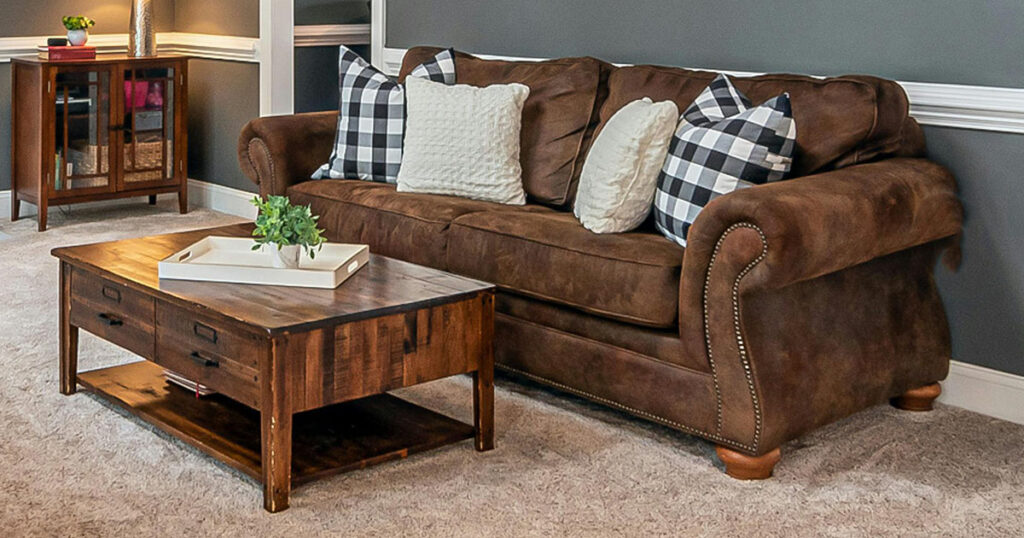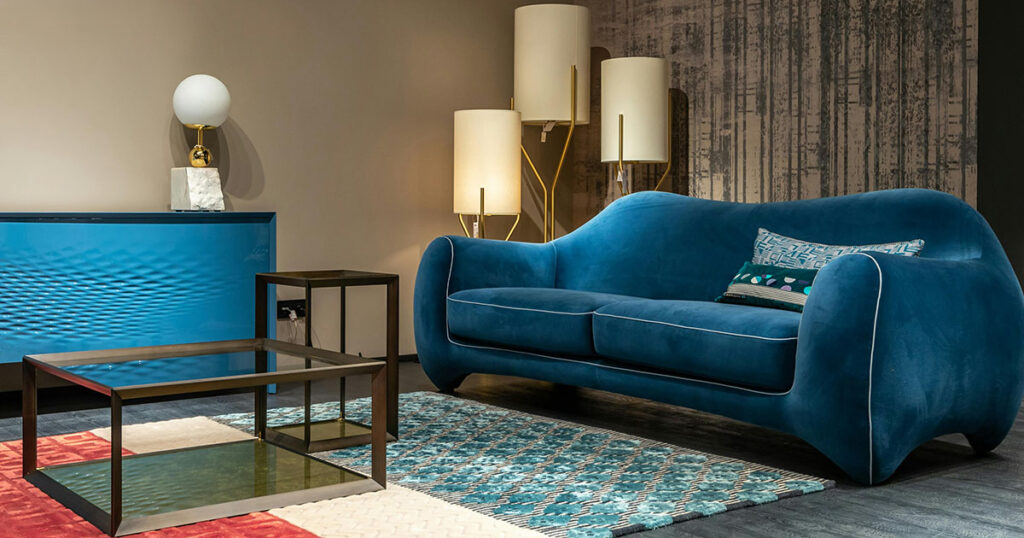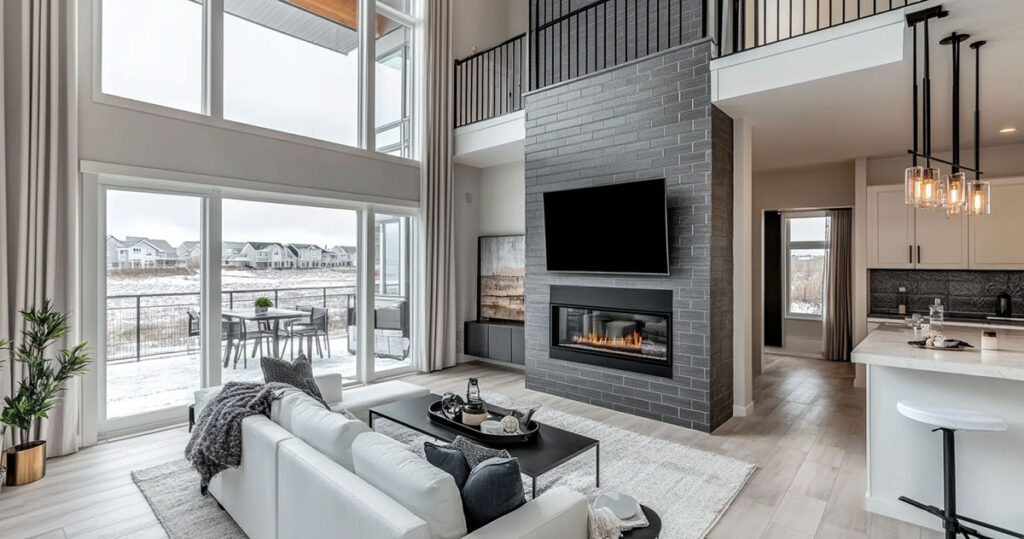This post is all about choosing the perfect rugs for transitional interior design.
You’ll learn how rugs blend traditional and contemporary styles to create a cohesive look.
We’ll cover the best materials, patterns, and sizes that suit transitional spaces.
Additionally, you’ll find tips on placement and maintenance to enhance your home’s aesthetic.
Ready to transform your living space?
Let’s dive in!
Introduction
This post is all about choosing the perfect rugs for transitional interior design.
You’ll learn how rugs blend traditional and contemporary styles to create a cohesive look.
We’ll cover the best materials, patterns, and sizes that suit transitional spaces.
Additionally, you’ll find tips on placement and maintenance to enhance your home’s aesthetic. Ready to transform your living space? Let’s dive in!
What are Transitional Rugs?
Definition: Rugs that combine traditional patterns and motifs with updated colors and simplified designs.
Key characteristics:
- Balance between classic and contemporary elements.
- Neutral color palettes with pops of accent colors.
- Subtle patterns and textures.
- Versatile style that adapts to various decor schemes.
Benefits of Using Transitional Rugs
- Versatility: Work well with a range of furniture styles and decor themes.
- Timeless appeal: Enduring designs that won’t quickly go out of style.
- Flexibility: Easily update a room’s look without a complete overhaul.
- Comfort: Provide a cozy, inviting feel underfoot.
Transitional Rug Design Elements
Colors:
- Neutral base colors like beige, gray, taupe, and cream.
- Accented with soft blues, greens, blush tones, or rich jewel tones.
Patterns and motifs:
- Damask, ikat, suzani, and paisley patterns.
- Geometric designs like trellis, lattice, and Greek key.
- Floral and botanical motifs with a modern twist.
Textures:
- Mix of low-pile and high-pile textures.
- Natural fibers like wool, cotton, jute, and sisal.
- Lustrous materials like viscose or bamboo silk for a touch of sheen.
Comparing Transitional Rugs to Traditional and Modern Styles
Traditional rugs:
- Intricate, ornate patterns and borders.
- Rich, saturated colors.
- Formal and luxurious feel.
Modern rugs:
- Bold, graphic designs and abstract patterns.
- Bright, contrasting colors or monochromatic schemes.
- Sleek, minimalist aesthetic.
Transitional rugs:
- Blend of traditional and modern elements.
- Subdued colors and simplified patterns.
- Relaxed, comfortable vibe that bridges both styles.
Choosing the Right Transitional Rug
Size:
- Room size and layout.
- Furniture arrangement (front legs on or off the rug).
- Leave 18-24 inches of bare floor around the rug’s perimeter.
Color:
- Coordinate with existing color scheme.
- Choose a rug that incorporates accent colors from the room.
- Consider the rug as a neutral base or a focal point.
Material:
- High-traffic areas: Durable materials like wool or synthetic fibers.
- Low-traffic spaces: Softer, more delicate options like viscose or cotton.
- Maintenance needs and lifestyle (pets, children, allergies).
Transitional Rug Placement and Sizing Guide
Living room:
- 8×10 or 9×12 rug for seating areas.
- 5×8 or 6×9 rug for smaller conversation nooks.
- All front legs of furniture should be on the rug.
Dining room:
- Rug should extend 24-36 inches beyond the table on all sides.
- Chairs should remain on the rug when pulled out.
Bedroom:
- 8×10 or 9×12 rug under a queen or king bed.
- 5×8 or 6×9 rug under a full or twin bed.
- Rug should extend 18-24 inches beyond the sides of the bed.
Caring for Your Transitional Rug
Vacuuming:
- Weekly vacuuming for high-traffic areas.
- Use a vacuum with adjustable height and suction.
- Avoid vacuums with beater bars on delicate rugs.
Spot cleaning:
- Blot spills immediately with a clean, white cloth.
- Use a mild detergent solution for tougher stains.
- Test cleaning products in an inconspicuous area first.
Professional cleaning:
- Have rugs professionally cleaned every 1-2 years.
- Use a reputable rug cleaning service experienced with your rug’s material.
Transitional Rug Materials and Construction
Natural fibers:
- Wool: Durable, soft, and naturally stain-resistant.
- Cotton: Lightweight, easy to clean, and affordable.
- Jute and sisal: Textural, eco-friendly, and casual.
Synthetic fibers:
- Polypropylene: Stain-resistant, colorfast, and budget-friendly.
- Nylon: Strong, resilient, and ideal for high-traffic areas.
- Polyester: Soft, plush, and available in a variety of colors and styles.
Construction methods:
- Hand-knotted: Labor-intensive, durable, and often one-of-a-kind.
- Tufted: Affordable, versatile, and suitable for most interiors.
- Flatwoven: Lightweight, reversible, and easy to clean.
Transitional Rug Inspiration and Examples
Showcase a variety of rooms featuring transitional rugs:
- Neutral living room with a patterned blue and gray rug.
- Eclectic dining room with a vintage-inspired overdyed rug.
- Serene bedroom with a plush, textural cream rug.
- Highlight how transitional rugs tie each space together and enhance the overall design.
Frequently Asked Questions about Transitional Rugs
- How do I choose the right size rug for my space?
- Can I layer transitional rugs with other rugs or carpets?
- Are transitional rugs suitable for homes with children or pets?
- How long do transitional rugs typically last?
- What’s the best way to incorporate a transitional rug into a room with existing decor?
Conclusion
Versatile style that blends traditional and modern elements.
Neutral colors, subtle patterns, and varied textures.
Suitable for a wide range of interiors and lifestyles.
Encourage readers to explore transitional rug options for their homes.
Provide resources for further information and purchasing decisions.




